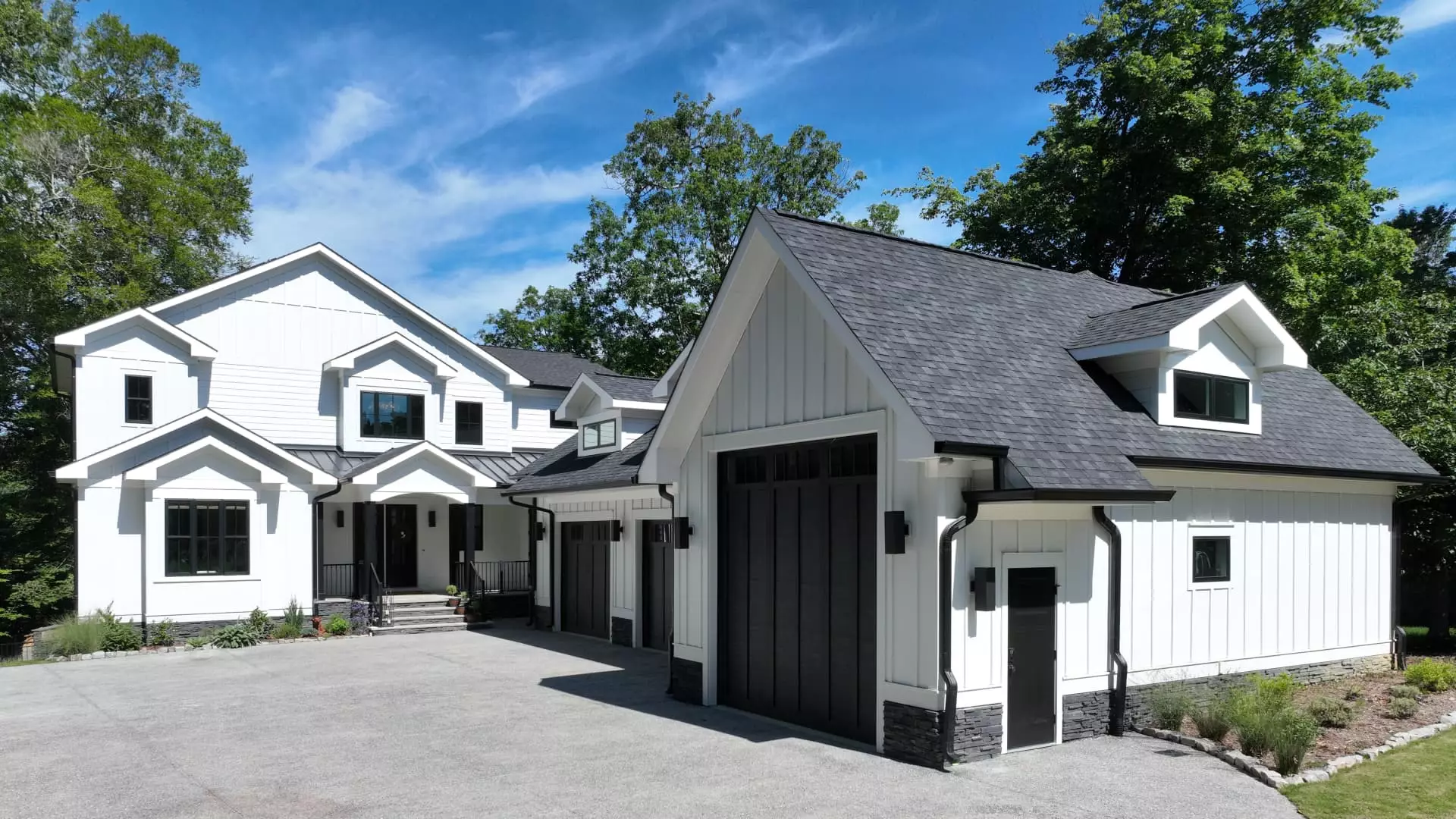The pressing challenge of climate change has prompted the U.S. government to rethink various aspects of its infrastructure, notably the real estate sector. Buildings, encompassing both residential and commercial properties, are accountable for a staggering 31% of greenhouse gas emissions in the United States, as reported by the Environmental Protection Agency (EPA). This figure highlights the critical obligation of owners and builders to transition towards more sustainable practices. Furthermore, this emissions percent exceeds that of other sectors such as transportation and agriculture, underscoring the urgency of reforming our building practices to align with the nation’s climate goals.
To address this issue, the Biden administration has instituted a series of progressive policies aimed at reducing emissions from residential buildings. The Inflation Reduction Act of 2022 exemplifies this commitment by providing homeowners with financial incentives such as tax rebates and credits for energy-efficient upgrades. In conjunction with these measures, new guidelines have been established by the White House, defining “zero emissions” buildings as those that are energy-efficient, devoid of onsite emissions from energy consumption, and powered entirely by clean energy sources.
Morgan Wojciechowski, a resident of Williamsburg, Virginia, has become a noteworthy example in the realm of sustainable living. She recently completed a new home — awarded a federal “zero emissions” label — which serves as a model for those looking to make environmentally conscious choices in homebuilding. As the president of Healthy Communities, a local real estate development firm focused on sustainable construction, Wojciechowski’s personal commitment to sustainability is reflected in her new residence.
The intricacies of her home’s construction reveal the balance between personal investment and environmental responsibility. Priced at approximately $1.1 million and occupying 5,800 square feet, Wojciechowski’s house is indeed an ambitious undertaking. However, she emphasizes the need for replicable models, such as her firm’s more modest 1,500 square foot homes, which are priced at a more accessible $433,000, signaling a pathway for broader adoption of energy-efficient practices across different demographics.
When discussing the financial implications of her home design, Wojciechowski highlights the significant potential for savings attributable to solar energy implementation. With an anticipated annual utility expenditure of approximately $917, her home delivers estimated yearly savings of $7,226 relative to average homes in the U.S. This figure underscores the tangible benefits of integrating solar panels within an energy-efficient framework.
Understanding the concept of net metering, Wojciechowski explains how homeowners like herself can generate energy intake through solar power while maintaining a connection to the grid. Excess energy produced can be channeled back to the energy provider, thereby accruing credits that ultimately reduce future bills. This model exemplifies how renewable energy can be leveraged to create a symbiotic relationship between the homeowner and utility providers.
For those intending to reduce their home’s carbon footprint, Wojciechowski advocates a strategic approach to energy-efficient upgrades. Starting with windows and doors can yield quick results in sealing a home against air leaks, while subsequent steps may include enhancing insulation. Older HVAC systems often require extensive energy allocations, thus modernizing these systems can further augment energy efficiency.
Moreover, Wojciechowski points out that many of these improvements can qualify for tax incentives, making it financially feasible for more homeowners to invest in sustainable modifications. While significant changes may be outside the purview of renters, she insists that small actions — such as conscientious energy use and demanding efficiency upgrades from landlords — can make a meaningful impact.
The strides made by individuals like Morgan Wojciechowski underscore a larger movement towards sustainable real estate practices that align with national climate objectives. As housing continues to play a pivotal role in greenhouse gas emissions, proactive measures by homeowners coupled with supportive government policies can catalyze broader changes in energy consumption behaviors across the country.
By reshaping our built environment with an emphasis on sustainability, we equip ourselves with the tools necessary to combat climate change comprehensively. The journey toward energy efficiency not only fosters economic savings but also opens pathways for community-wide engagement, ensuring that everyone, irrespective of their starting point, can contribute to the global effort for a greener planet.

